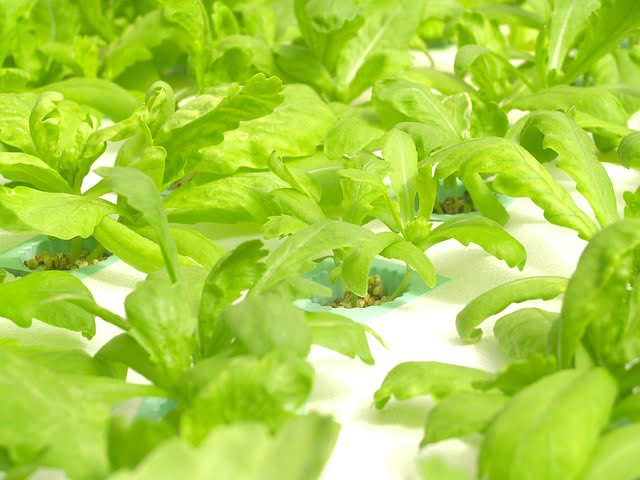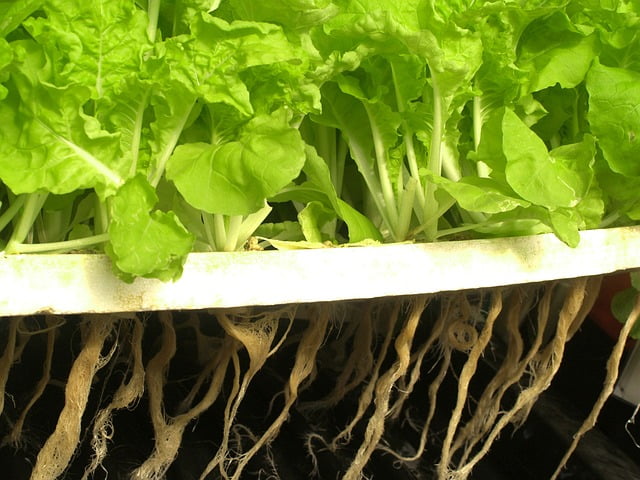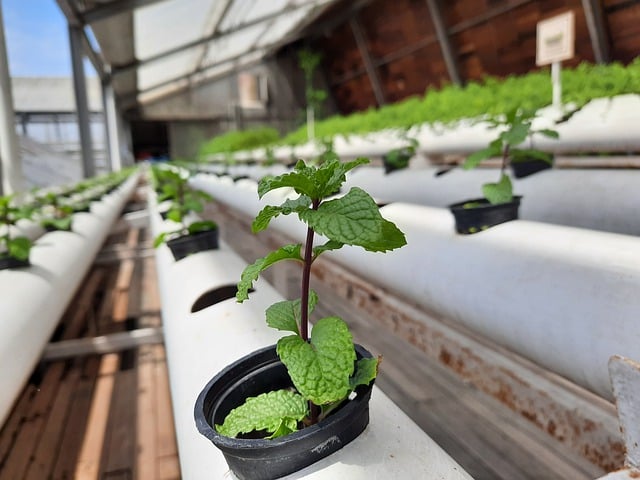
Hydroponics is an innovative way to grow plants without soil. Plants grown in a traditional garden have the risk of weeds, pests, and diseases and have less control of the environmental conditions. But then growing plants in water comes with its fair share of challenges like algae overgrowth, high maintenance cost, and risk of bacterial growth.
The truth is the quality of water in your hydroponic system has a major input on the crop yield and how it will perform.
Plants absorb nutrients from the water during the growth process thus using contaminated water with bacteria may affect the growth rate and crop yield. So if you want to keep your plants healthy, then you need to keep your hydroponic system clean and free from bacteria.
But, how do you prevent bacterial growth in hydroponics? This article shares expert tips to help you prevent bacteria in your hydroponic system.
6 Ways to Prevent Bacterial Growth in Hydroponics

Prevention is better than cure. Taking action early enough is not only cost effective but also saves you the time to save the entire hydroponic system because bacteria spread faster in water. Here are six ways to prevent bacterial growth in hydroponics.
1. Do regular cleaning on the hydroponic system
Maintaining a clean system is the best way to prevent bacterial growth in hydroponics because it is cost-effective and easy to do.
The rule of thumb is to do weekly general cleaning and thorough cleaning after every growing cycle. Removing dirt and debris and cleaning the system reduces the chance of bacteria or algae overgrowth.
During the routine through cleaning, disassemble the whole system and deep clean all the containers, nozzles, filters, surface, and the water reservoir. Some of the best cleaning solutions include hydrogen peroxide, bleach, and chlorine.
Remember to sterilize all tools and equipment before using them again. For example, you can soak nozzles, air pumps, and other small parts in hydrogen peroxide to sterilize them as you wash the water reservoir.
Flush the entire system with food-grade hydrogen peroxide or vinegar to disinfect the whole system. Then dry it out with clean towels or air dry movable parts before returning them back
You can also use steam to sterilize surfaces and equipment made of wood or polystyrene because they may be more difficult to clean with a lot of water.
Also Read: 3 Cleaning Hydroponic System Tips for Beginners
2. Use clean water

A hydroponic system is delicate and needs clean water free from contaminants. The best way to prevent bacterial growth in hydroponics is to test water before you use it for the presence of disease-causing bacteria.
Testing the water also provides the PH levels and the amount of minerals such as nitrogen and magnesium. Your local water organization can provide an accurate water report or you can cause specialized tests for specific pathogens.
You should also do regular tests for the water at the water reservoir as a preventative measure so that you can take prompt action.
Purify the water before using it to destroy any pathogens from the water source
3. Change water frequently
It is possible to prevent bacterial growth in hydroponics by cleaning the system. But it doesn’t stop there. You need to change the water in the hydroponic system regularly to get rid of contaminated water.
Add fresh aerated water to provide the right conditions for your plants and prevent bacterial growth.
4. Use UV light
UV rays are one of the best ways to sterilize water to destroy harmful bacteria and get rid of algae. However, the downside is that the rays may also kill beneficial microbes and lead to an imbalance that can trigger more issues.
You can use UV rays sparingly, alongside other tips to prevent bacterial growth in hydroponics.
5. Maintain the optimum balance of the hydroponic system

The best thing about hydroponics is that you have control of the PH and level of nutrients in the nutrient solution. Ensure that the nutrient levels are optimum and not too much as it will cause stunted growth and not too much as it may encourage the growth of harmful bacteria.
The amount of nutrients also causes changes in PH levels which may interfere with nutrient absorption. Furthermore, PH levels may encourage the growth of harmful bacteria.
To prevent bacterial growth in hydroponics, use a PH meter regularly to monitor the levels so that the water is not too acidic or alkaline as it can cause bacteria growth.
Lastly, use premade nutrient solutions as they are often sterilized and don’t contain bacteria.
Also Read: What is the Best Nutrition for Hydroponic Plants?
6. Maintain aeration
Plants need oxygen for growth. It is easy for them to survive in soil because the environment is perfect for them. But with a hydroponic system, you control the conditions.
Low levels of oxygen in the water not only affect growth and nutrient absorption but also facilitate the growth of anaerobic bacteria. Provide aerated water to provide enough oxygen for optimal growth.
FAQs
- How can we prevent bacteria in hydroponics?
The best way to prevent bacterial growth in hydroponics is to purify the water before using it in the system to get rid of pathogens from the water source.
- How do you keep hydroponics clean?
The best way to keep your hydroponics system clean is to sanitize the system before and after growing cycles and run regular cleaning and maintenance during plant growth.
- What disinfectant is used in hydroponics?
During the growing cycle, you can use vinegar and hydrogen peroxide to clean the hydroponic system. After the growing cycle, you can use Physan or bleach to clean and disinfect the entire hydroponic system and equipment to reduce harmful microbes, fungi, and algae
- How often should you sterilize a hydroponic system?
It is advisable to do thorough cleaning and sterilizing of the hydroponic system after every growing cycle.
Final Words
Waterborne diseases are prevalent in hydroponics and can influence the health of your plants. Do regular monitoring of the plants and the entire system so that you can take quick steps to get rid of bacteria. The best way to prevent bacterial growth in hydroponics systems is to take regular, preventative measures.
Do regular cleaning during the growth cycle, sterilize the system after the growth system, use clean, aerated water, and maintain the optimum conditions for your plants. Remember to check the manufacturer’s instructions on how to clean the hydroponic system.
Have you encountered waterborne disease in your hydroponic system? How did you manage it? Let us know in the comments.






Comments (1)
Can You Grow Strawberries Hydroponically? - City Green Thumbsays:
April 25, 2024 at 4:52 pm[…] How Do You Prevent Bacterial Growth In Hydroponics? […]